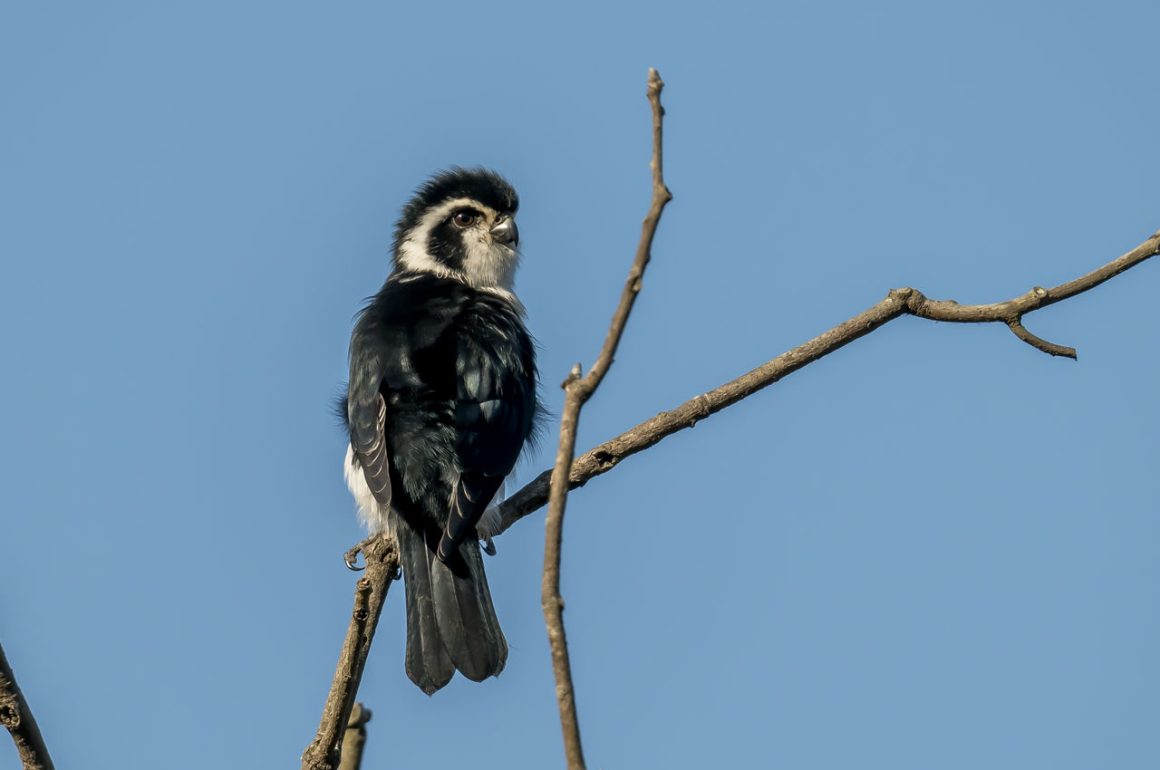
There is a hotel in the Chinese village of Chaguan, Jiangxi province. I was standing on the rooftop terrace of the building, waiting for a Pied Falconet to appear on a nearby tree. A bird flew in, but I was disappointed – it was just a White Wagtail. Then I looked more closely, and the wagtail turned out to be a Pied Falconet after all – though the size of both species is the same. Pied Falconets are really small raptors.

eBird is enthralled and describes the Pied Falconet as a “Ridiculously adorable panda-faced raptor”.
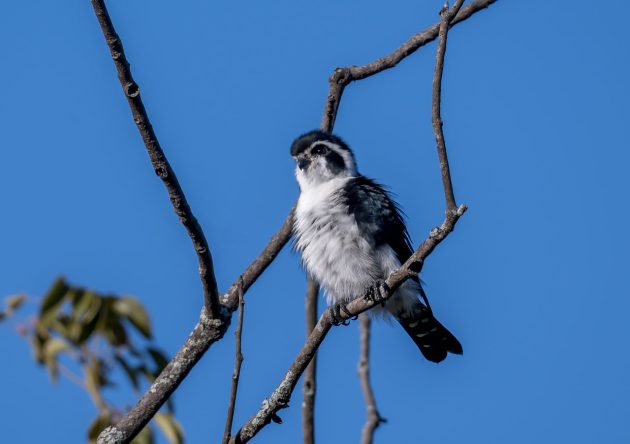
An Australian blogger (in a post titled “We need to talk about tiny falconets”, of all possible headings) goes even further: “Sometimes an animal is so darned cute, it’s almost weird it exists”.
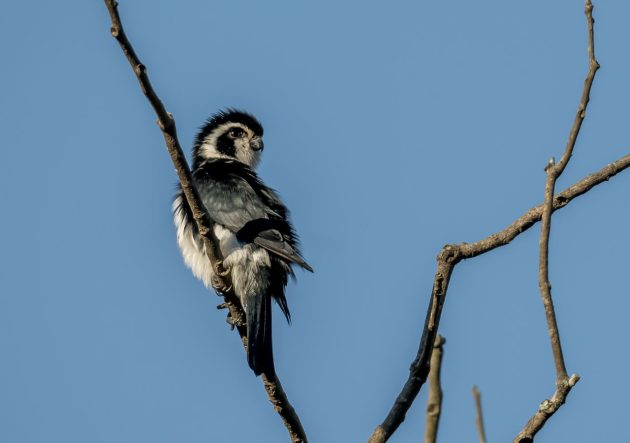
For some video footage of the falconet, see here. The narrator claims that the falconet is also called the “panda bird”, which is a bit predictable.
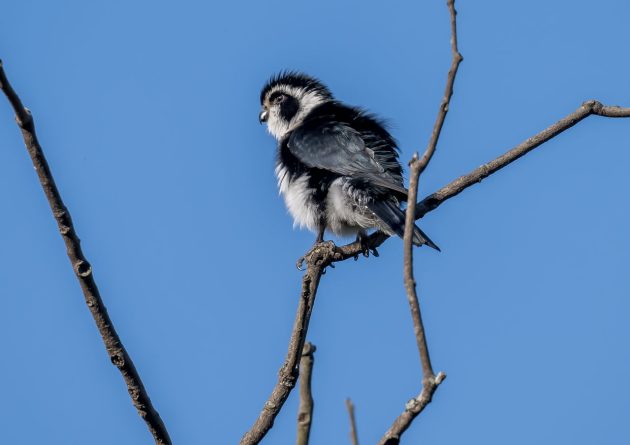
The scientific name Microhierax melanoleucos hints at a few characteristics of the species: It is small (Micro), it is a falcon (hierakos), it is black (melanos), and it is white (leucos).
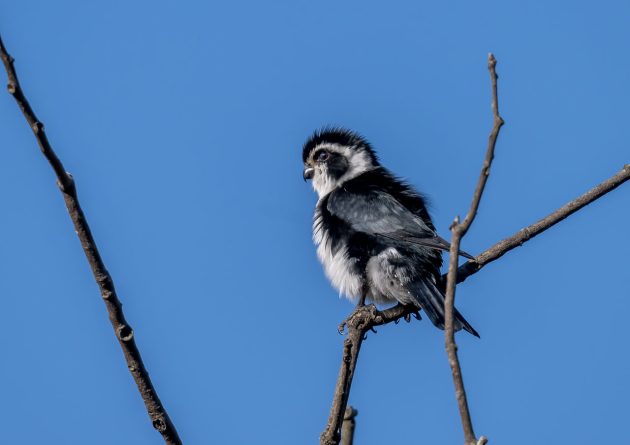
It is one of the five Microhierax species that all look similar.
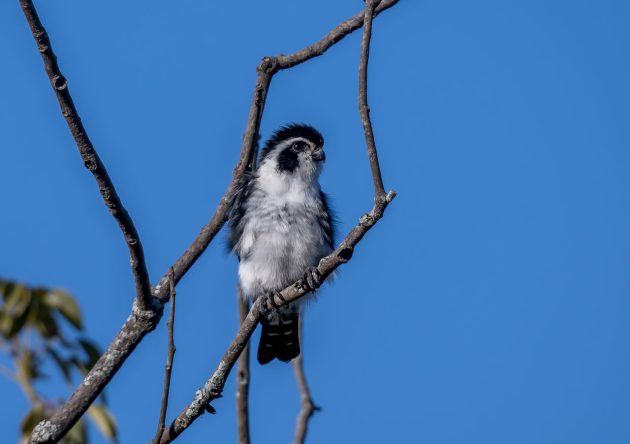
While it mostly feeds on insects, it also hunts small mammals and birds – mostly from an exposed perch.
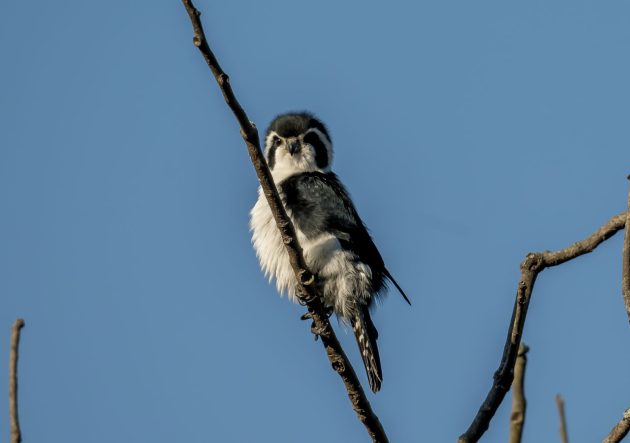
Strangely, the Pied Falconet is listed as Least Concern, even though the HBW states that the “Chinese population speculated to be just 100 pairs and entire population perhaps fewer than 10,000 individuals”.
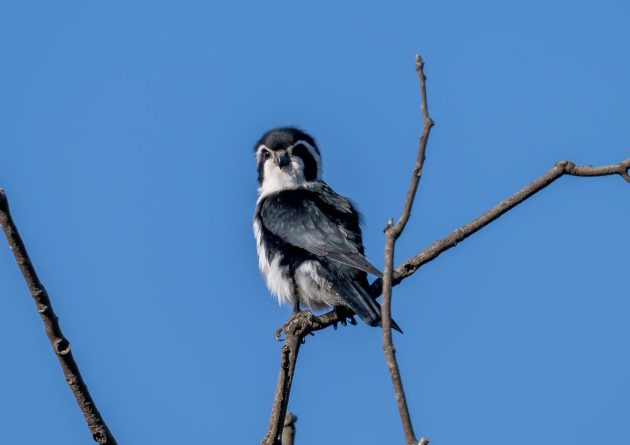
One paper reports on their weird habit of presenting leaves to each other, possibly as courtship gifts – even though these leaves are neither edible nor used for nest building. Then again, diamonds and golden rings are not edible nor really useful either.
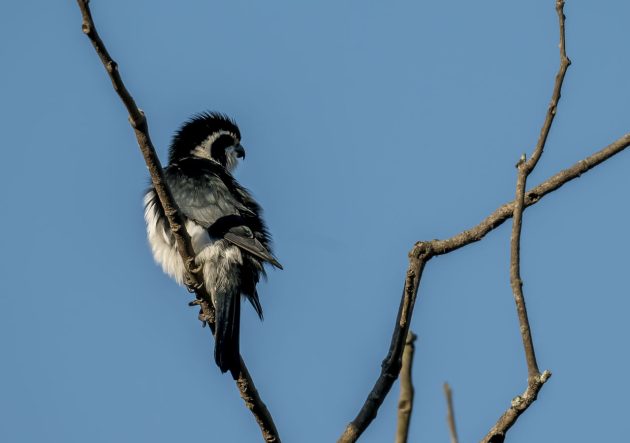


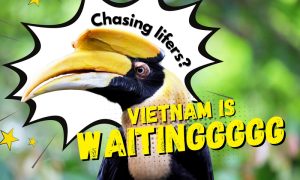
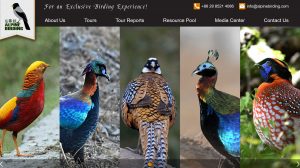


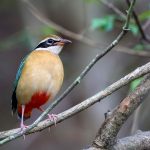



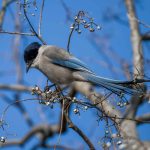
Beautiful Pied Falconet!
Whereas I am not a fan of the panda (I have my resons) I do love this falconet.
Please explain these reasons, sounds interesting! Myself, I prefer Red Pandas to the Giant ones. At least they do not watch porn all day.